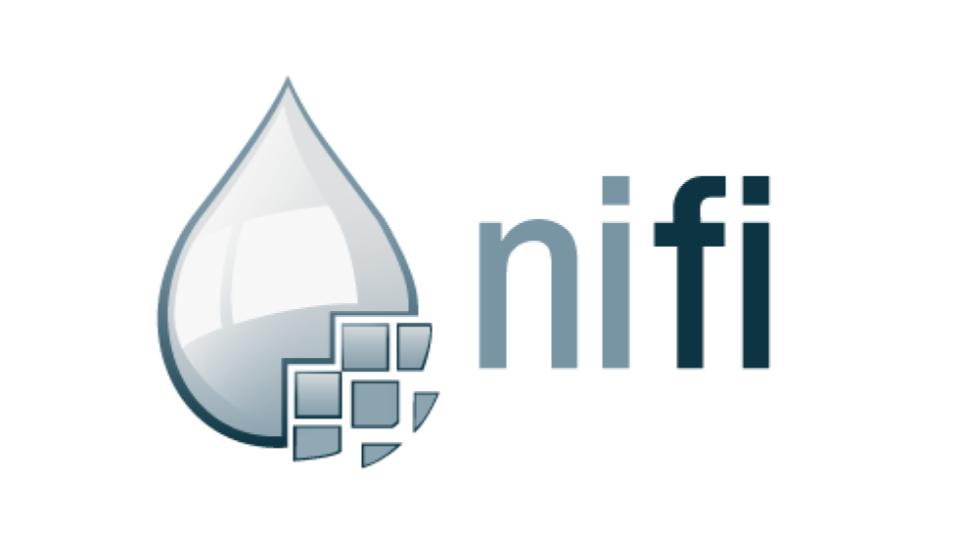In our previous article on Nifi, we discussed the history, architecture, and features of Apache Nifi. This series will demonstrate the basics of how to create a dataflow within Nifi and the various ways to manipulate the data being ingested.
Installation
Instructions for downloading and starting Nifi can be found here.
An alternative installation using Docker can be found here.
I use this Docker-Compose file to start my personal Nifi instance.
Excerpt
Apache Nifi is a Dataflow Management System that comes with a web-ui built to provide an easy way to handle dataflows in realtime. The most important aspect to understand for a quickstart into Nifi is Flow-Based Programming.
In plain terms, you create a series of nodes with a series of edges to create a graph that the data moves through. In nifi, these nodes are processors and these edges are connectors. The data is stored within a Packet of Information known as a FlowFile. This flowfile has things like content, attributes, and age.



